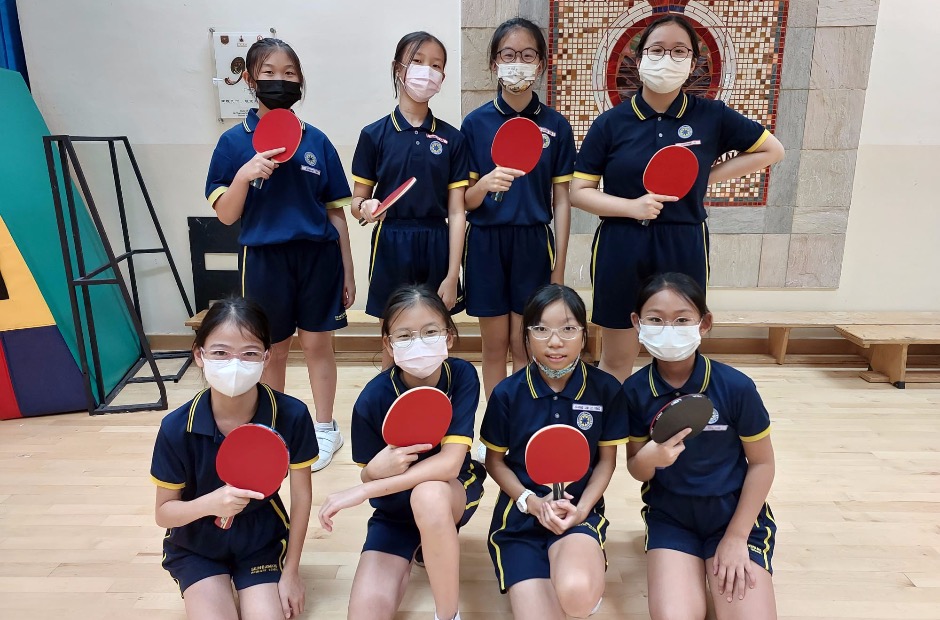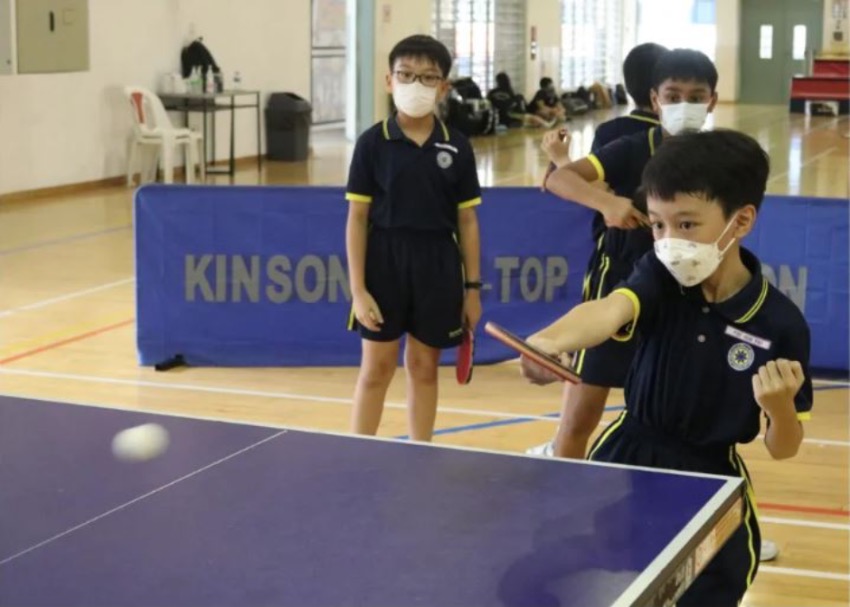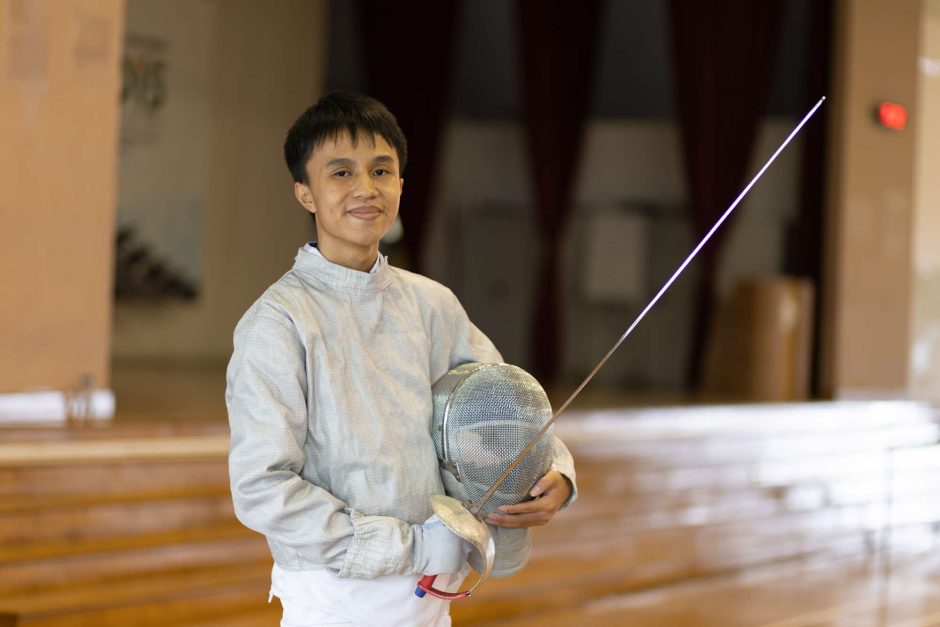More games, more fun: What the National School Games’ expanded competition format means
18 May 2023

Student-athletes competing in Table Tennis and Tennis at the National School Games can now compete in more matches than before, as new ‘Classification’ and ‘League’ formats kick in. This applies to more sports later. Find out what these new formats are about, and how it enhances the students’ sporting experience.
By Lim Jun Kang
The annual National School Games (NSG) kicked off earlier in January, with more than 60,000 student athletes competing across 29 sports this year.
There’s good news for those taking part in three sports – Table Tennis, Tennis and Water Polo – as their chance at playing increases with the new ‘Classification’ and ‘League’ competition formats in place.
This applies to those at the upper primary and lower secondary levels, and will eventually be rolled out to all levels and across all sports.
What does that mean, and how will student-athletes benefit?
New competition format, more playing opportunities
The traditional zonal format sees schools competing solely within their school zone, where some schools will only get to play a maximum of three matches, depending on their performance.
In the new format, those taking part in table tennis and tennis (in both Senior Division for primary schools where students aged 11 to 13 participate) will first face off against other schools in a Classification round. They are seeded based on their previous NSG’s results, playing at least three games in this round.
Based on their performance, the schools will be grouped into new Leagues – where student-athletes move on to compete against teams of similar abilities, with at least another additional three matches to be played before the competition ends. Teams in the top League will go on to compete for the divisional championship titles.
The number of games played will still vary based on individual sports, total number of participating teams, and how far the school advances in the competition, but student-athletes will play in at least six matches minimally – twice the number of games played under the traditional format.
As a start, the new system will be implemented for specific divisions, based on the nature of the competition (indoor or outdoor) and the varying number of teams involved.
With competition comes progress
At Sembawang Primary School, who recently concluded their run in the Senior Division Boys and Girls Table Tennis tournament, the NSG’s new format and added opportunities to compete has been proved to be a welcomed move.
“We are able to see increased participation and commitment among students across the various levels during training as they are motivated to perform to the best of their ability in tandem with an increase in the number of matches to be played.” says Mdm Wang Yingchao, one of the CCA’s teachers-in-charge.
 With more games to play for, Sembawang Primary School’s Table Tennis team are training harder than ever.
With more games to play for, Sembawang Primary School’s Table Tennis team are training harder than ever.
Her colleague, Mr Kelvin Toh, who heads the Physical Education and Co-Curricular Activities department, echoes that sentiment. He hopes that with more playing opportunities, “students will gain more experience, improve their skills and build their confidence.”
“They apply techniques and strategies learned in training to actual game situations. With more games played, they will refine their skills further.”
Across schools, the NSG organising committee has observed that teams taking on other teams of similar ability evens the level of competition, which is motivating for all team involved.
With the new format set to be implemented in the C Division for table tennis and tennis in 2024, along with plans to scale the new format to other sports, the goal is to help provide a progressive transition across the older age groups and senior divisions, as the student-athletes advance from the Junior Division.
For more stories on the National School Games:
We are on Telegram! Subscribe to our channel: https://t.me/schoolbag_edu_sg




.jpg)
.jpg)